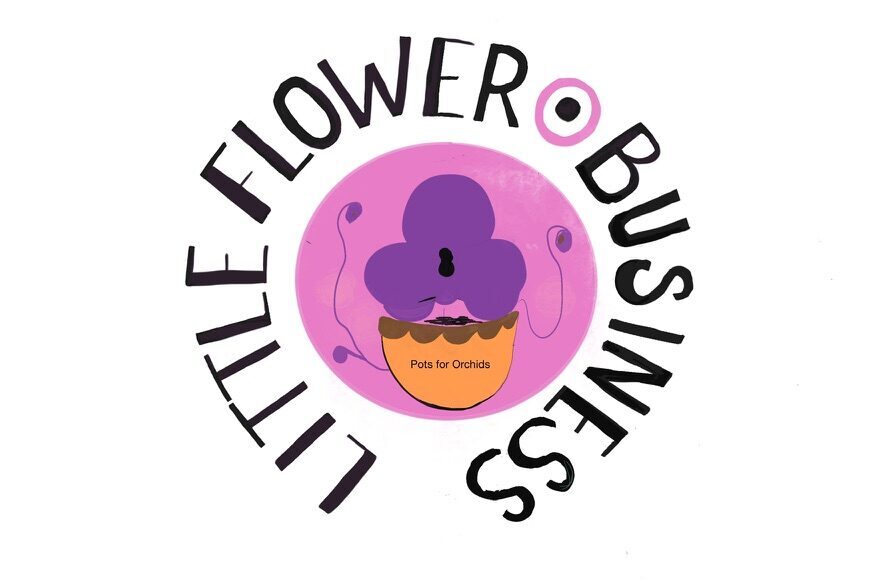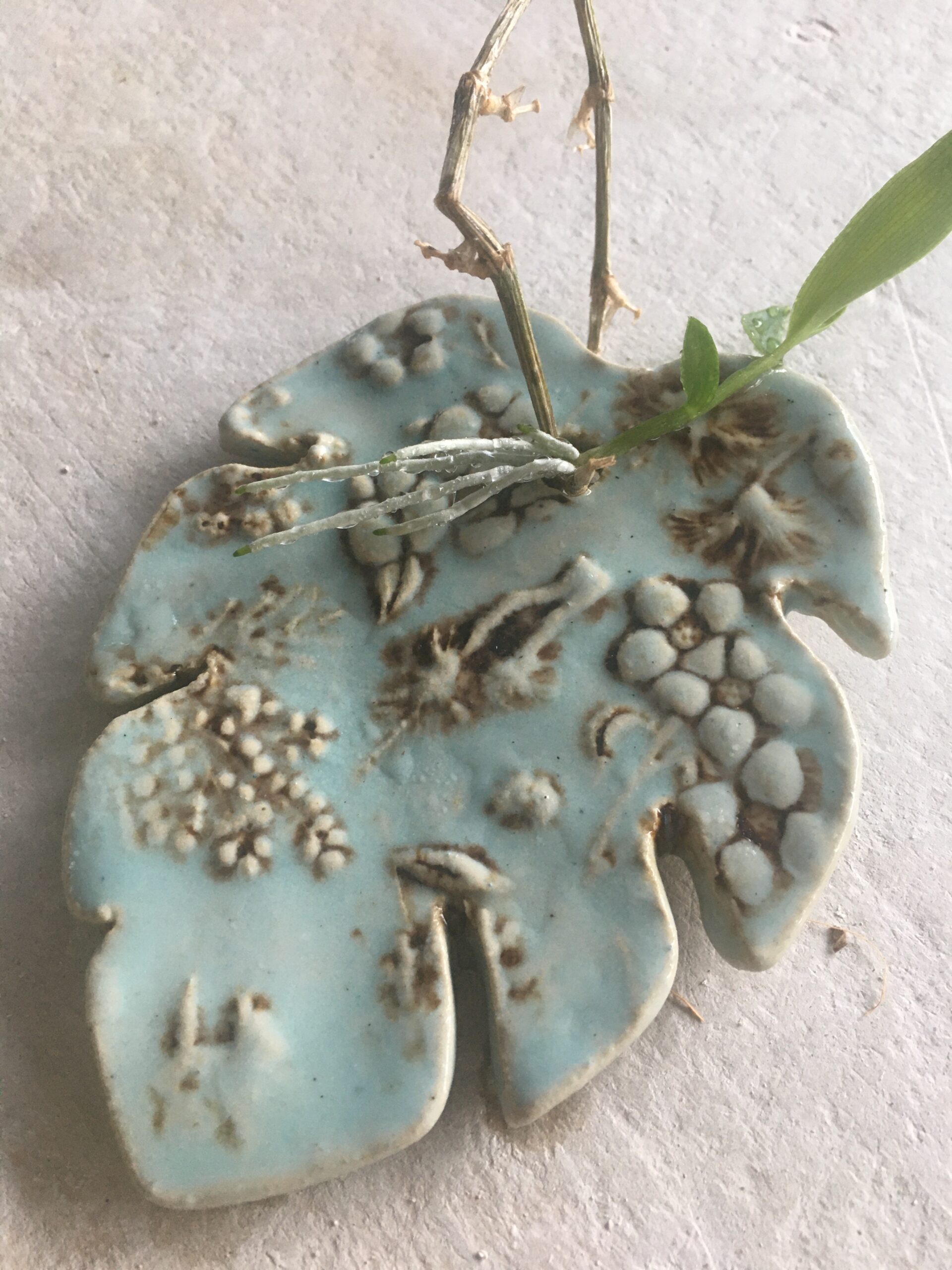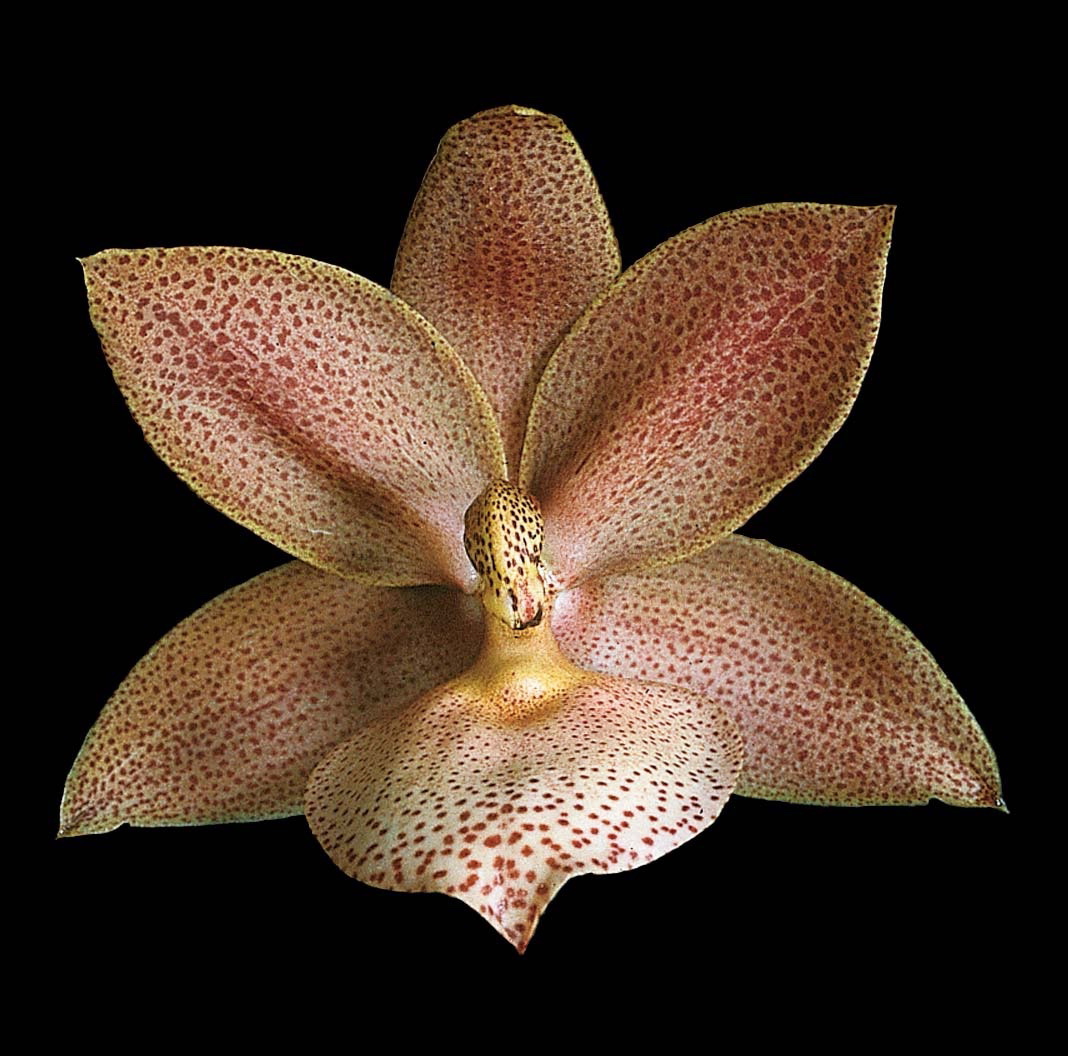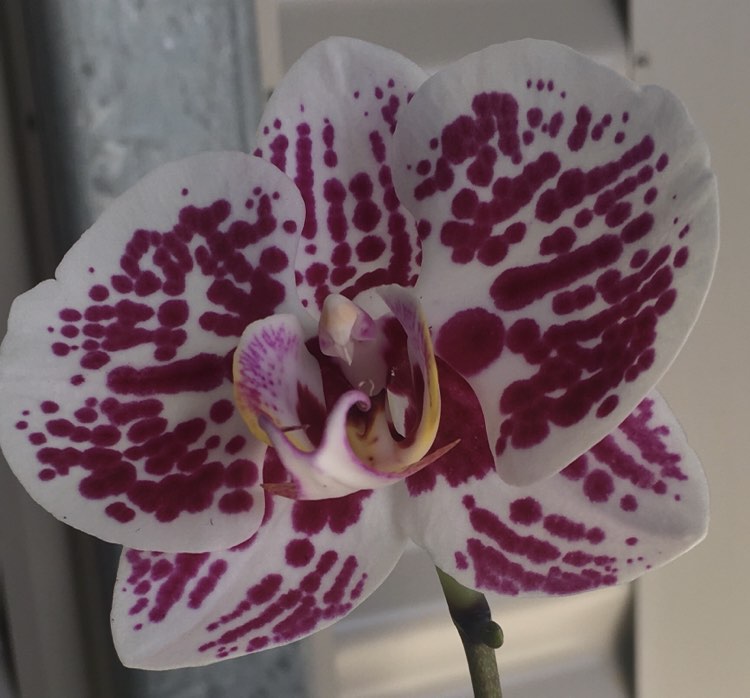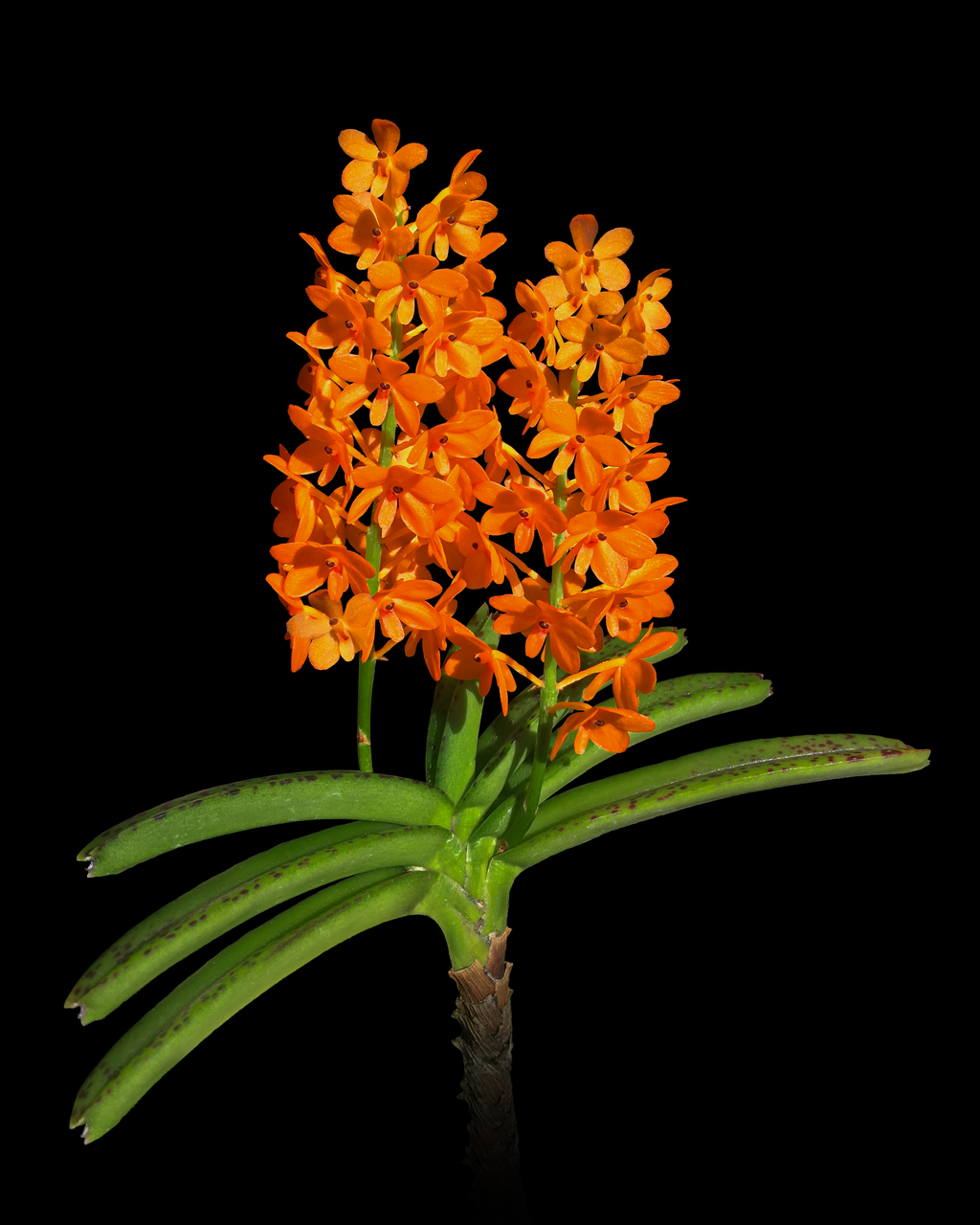Keiki propagation
In the context of orchids, a “keiki” refers to a vegetative propagation method in which a new plantlet, or “keiki” (the Hawaiian word for “baby” or “child”), develops along the stem or aerial root of the parent orchid plant. Kikis are essentially miniature clones of the parent plant and can be a natural or induced occurrence, depending on the orchid species and environmental conditions.
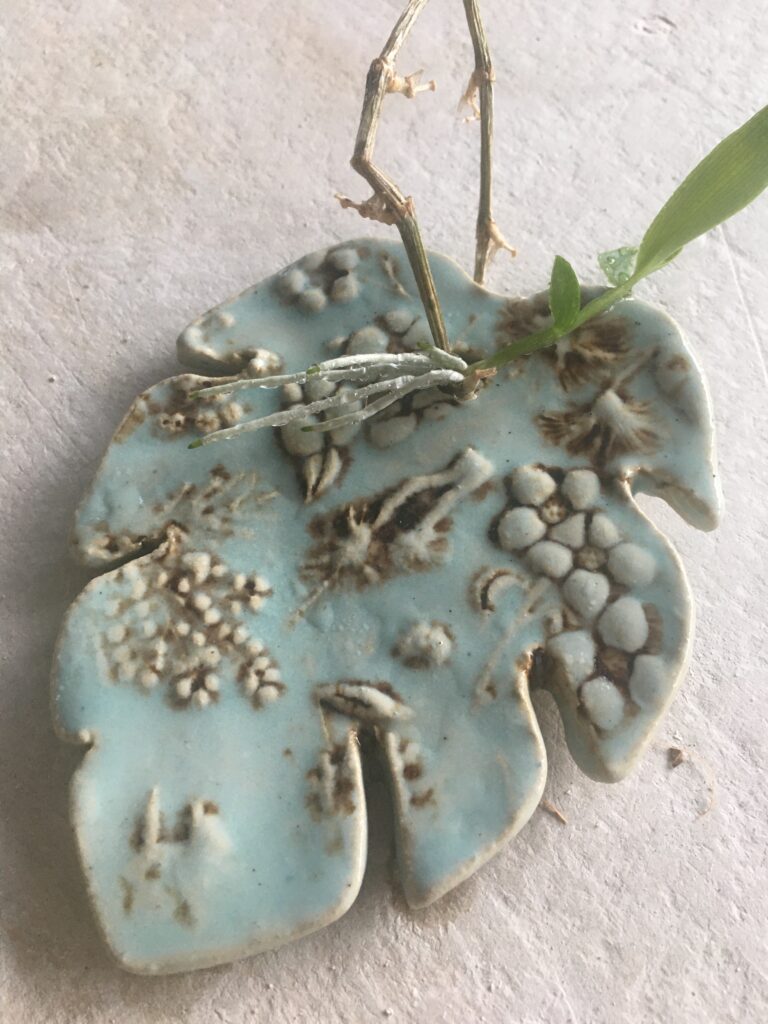
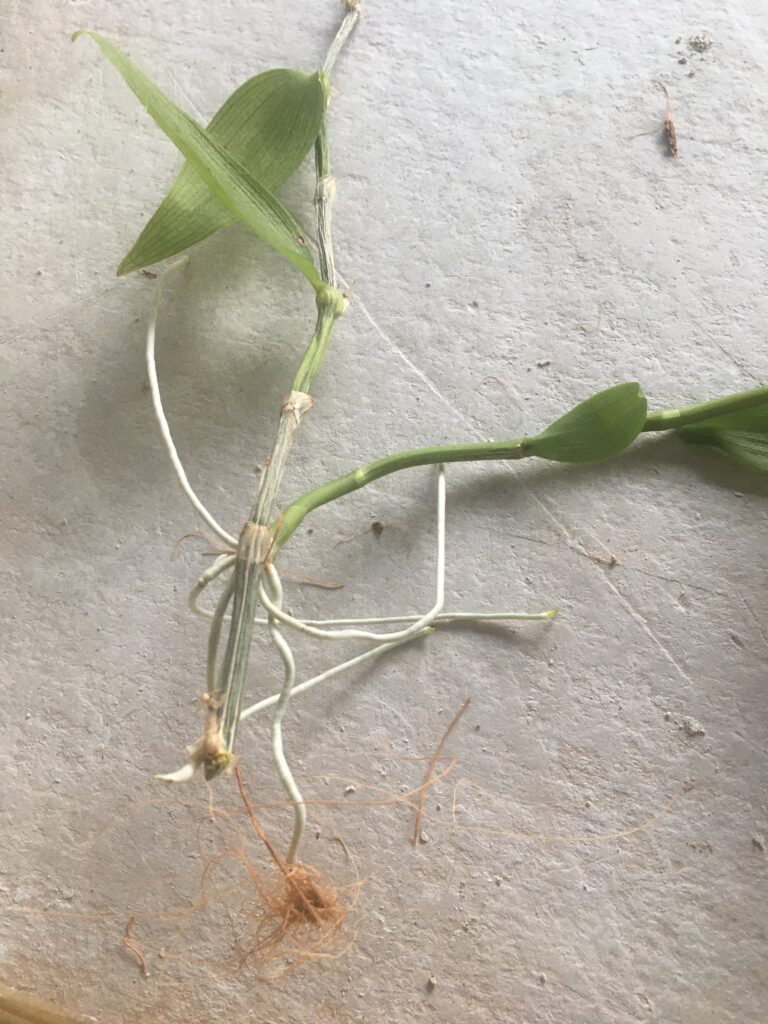
Propagation of orchids through keikis typically occurs in response to certain triggers, such as stress, injury, or environmental factors like high humidity or intense light. When a kiki forms, it will grow roots and leaves, eventually becoming a new, independent orchid plant.
Here’s a basic guide on how to propagate orchids using keikis:
- Identify potential keikis: Look for small, plantlet-like growths emerging from the stem or aerial roots of your orchid. These keikis may appear as tiny buds or shoots with miniature roots and leaves.
- Prepare for propagation: Once you’ve identified a keiki, prepare a separate container or pot with appropriate orchid potting mix. Ensure the container has drainage holes to prevent waterlogging.
- Separate the kiki: Carefully remove the keiki from the parent plant using sterilized scissors or a sharp blade. Make sure to cut below the keiki’s roots to ensure it has a healthy start.
- Plant the kiki: Place the keiki in the prepared container, ensuring that the roots are covered with orchid potting mix. Gently press the mix around the roots to provide stability.
- Provide appropriate care: Place the newly propagated orchid in a location with indirect sunlight and consistent, moderate humidity. Water the orchid when the potting mix starts to dry out, but avoid overwatering to prevent root rot.
- Monitor growth: Over time, the keiki should establish itself and begin to grow roots and leaves. Continue to provide regular care, including fertilization with a balanced orchid fertilizer, to promote healthy growth.
- Transplant as needed: Once the keiki has developed a strong root system and several leaves, it can be transplanted into a larger pot if desired. Follow standard orchid care practices to ensure continued health and vigor.
Propagation through keikis can be an effective way to increase your orchid collection and share plants with friends and fellow enthusiasts. With proper care and attention, keikis can develop into beautiful, mature orchid plants that will reward you with their stunning flowers for years to come.
For more information on growing orchids, see my 4 part series starting here
The American Orchid Society has lots of information on orchid growing https://www.aos.org
